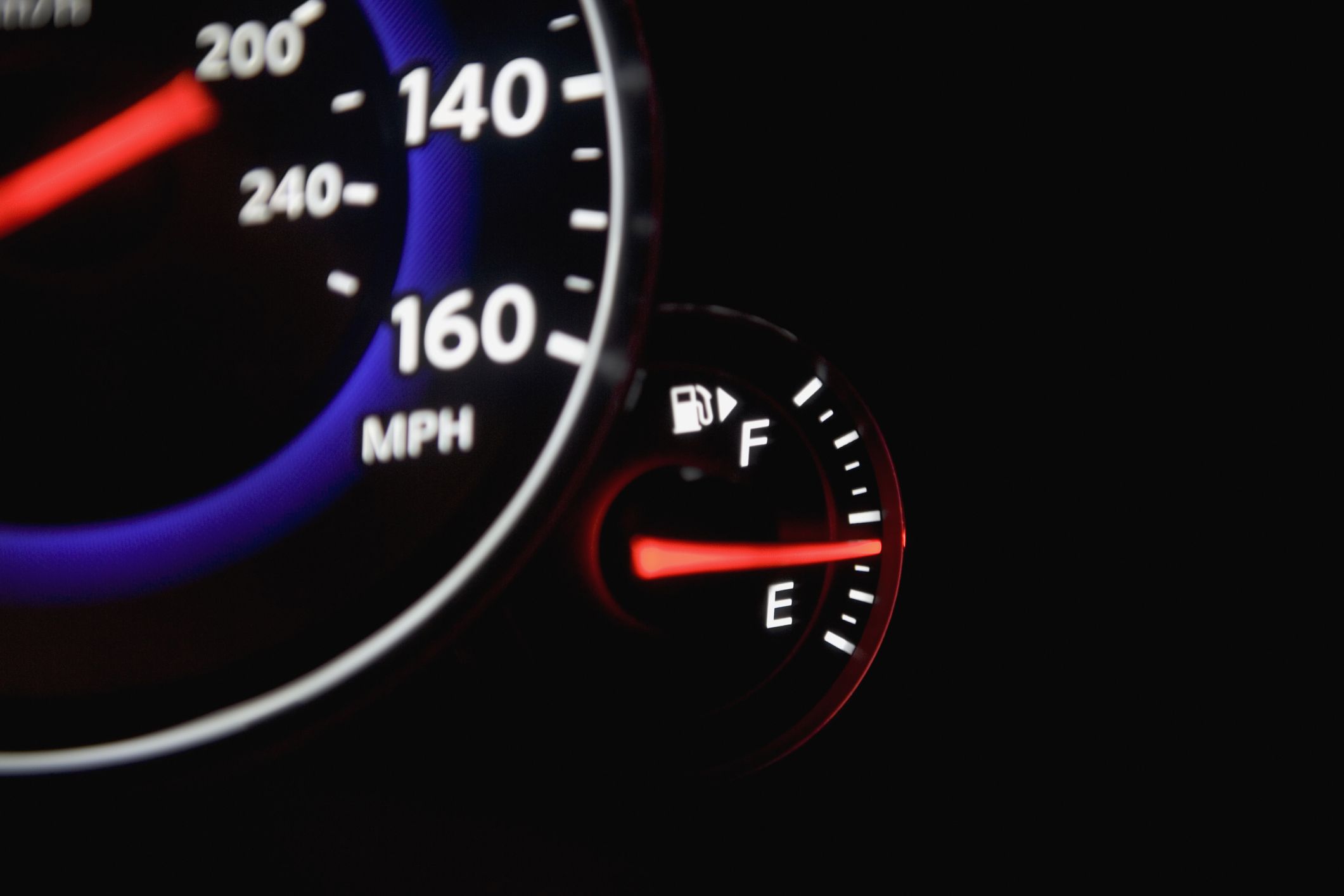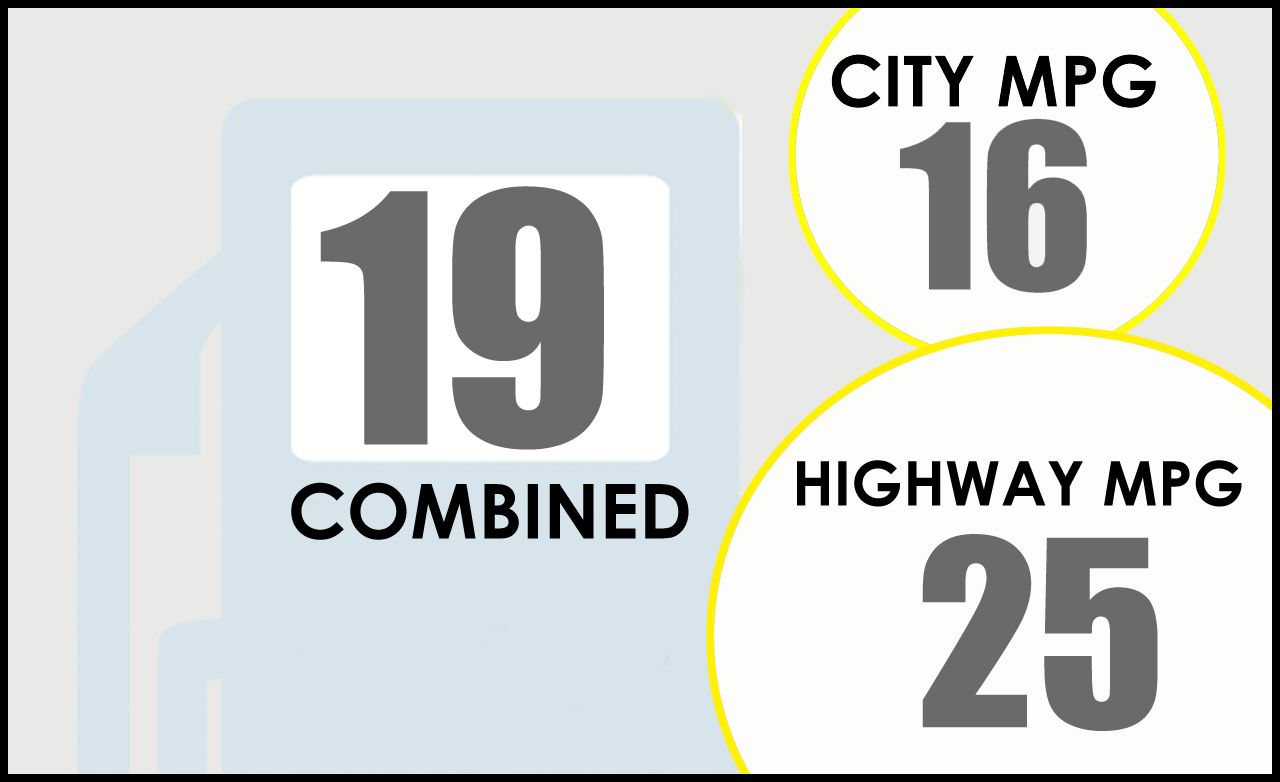Understanding Car Fuel Economy and EV Range Testing

by AutoExpert | 23 August, 2024
Ever looked at a car’s sticker and wondered, “How do they come up with these fuel economy numbers?” Or maybe you’ve been curious about how far an electric vehicle (EV) can truly go on one charge? Let's peel back the curtain on how cars are tested before they ever hit the showroom floor.
Why Even Test These Things?
At the EPA’s National Vehicle and Fuel Emissions Laboratory (NVFEL), there's a whole setup dedicated to making sure cars do what they claim on the tin—especially when it comes to emissions and fuel efficiency. The big picture? It's all about keeping our air cleaner and making sure cars sip fuel or use electricity as efficiently as possible.

What’s the Testing Scoop?
Before a car can charm you at the dealership, it has to pass some serious exams to prove it meets those tough federal standards. Here’s the lowdown:
- City and Highway Tests: Think of these as the car's daily grind—except they turn off the heating and AC to see how the car performs without any extras draining power.
- Speed Demon Test: Here, they push the car to its limits to see how it handles a bit of spirited driving, still with no AC cranked.
- Weather Tests: Cars also get a winter and summer exam—running in hot conditions with the AC on full blast, and in the cold, focusing on heating and defrosting. This shows how extreme temps affect fuel usage or battery drain.

Car makers do all the legwork with these tests and then send the results to the EPA, who checks the work to make sure everything adds up.
And for the Electric Cars?
Electric vehicles get a slightly different treatment since they don’t guzzle gas but sip on electricity:
- The Range Run: They fully charge an EV and then let it run on a test track until it can’t go anymore, noting how far it went. They repeat this in both city and highway driving scenarios.
- Adjusting for the Real World: Lab tests can’t mimic every real-life scenario—like that unexpected traffic jam or a detour through the mountains—so they tweak the numbers a bit to try to predict how the car will do in the wild.
Why This Matters to You
All this data crunching and testing feeds into some pretty important stuff:
- Fuel Economy Guides: These help you and me figure out what kind of bang we’ll get for our buck (or joule) at the pump or charging station.
- CAFE Standards: These ensure manufacturers work towards making cars that are better for our wallets and the planet.
- Gas Guzzler Taxes: Aimed at the least efficient models, pushing manufacturers to do better.
Lab Perfect vs. Real Life
The numbers on that shiny new car sticker? They're based on ideal conditions. Out here in the real world, things like your driving style, whether you’re hauling a bunch of gear, or even the weather can make your actual mileage a bit different.

Bottom Line
Next time you’re eyeing a new car or explaining your current car’s eco-creds, remember there’s a ton of rigorous testing behind those MPG or MPGe figures. It’s all about giving you a clearer picture of what to expect in everyday use, helping you choose a ride that fits your life and values. So, whether you’re all about saving on fuel costs, reducing your environmental impact, or just really into tech, understanding these tests can help you make a smarter, more informed decision.


















